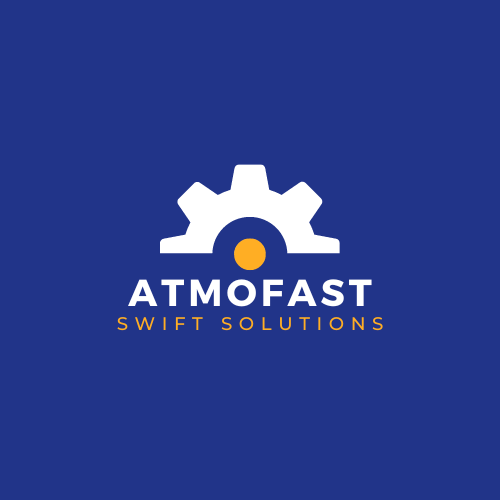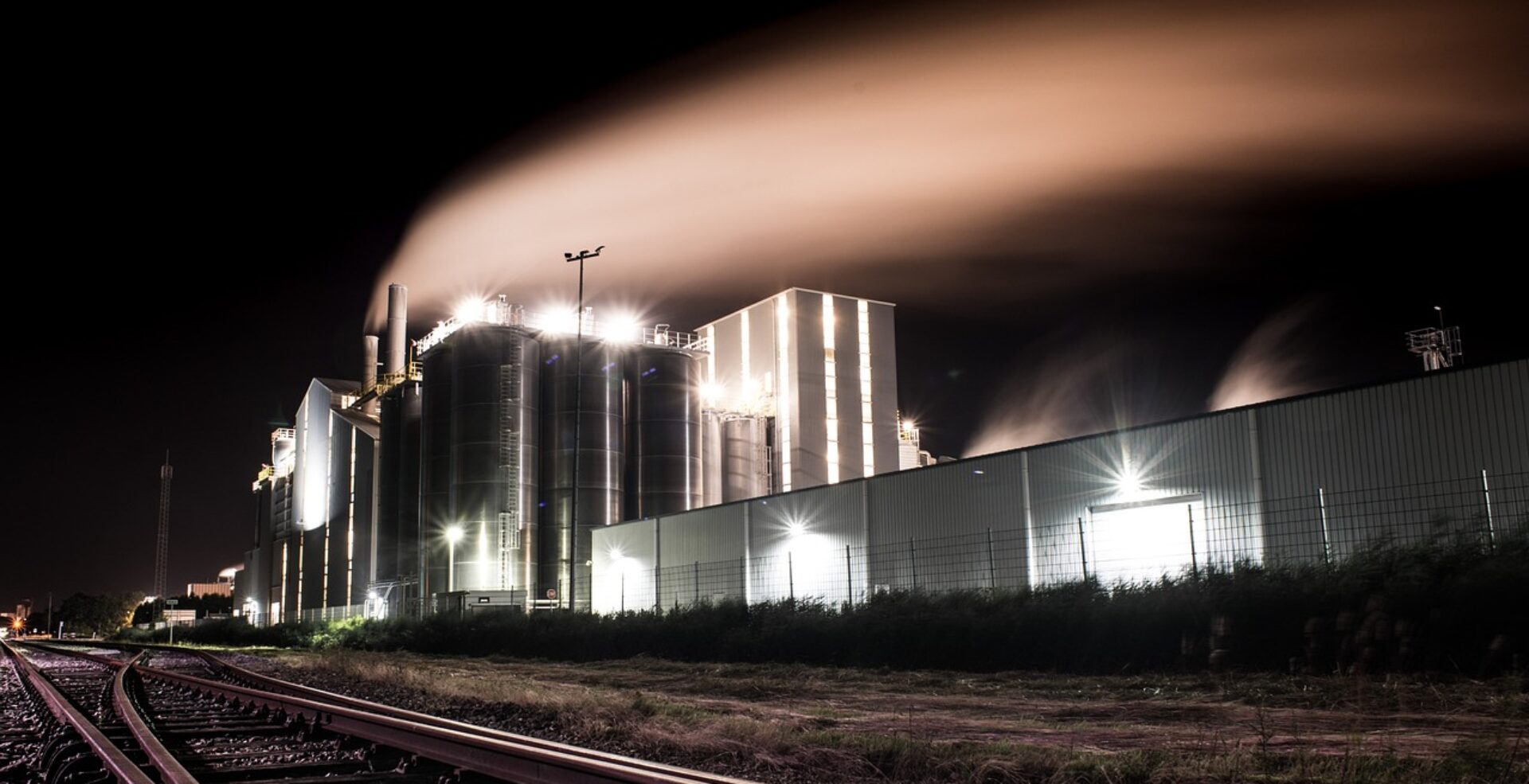Stainless steel fasteners are essential components in many industries, including automotive, building, construction, and other allied sectors. Their durability, corrosion resistance, and strength make them a preferred choice. This guide will help you understand when to use different grades of stainless steel, particularly 304 and 316, and provide insights into their applications in New Zealand, Australia, and the USA.
Understanding Stainless Steel Grades
Grade 304 Stainless Steel:
- Composition: Contains 18% chromium and 8% nickel.
- Properties: Offers good corrosion resistance, durability, and ease of fabrication.
- Applications: Ideal for indoor applications where exposure to corrosive elements is minimal. Commonly used in automotive parts, kitchen equipment, and indoor construction elements.
- Advantages: Cost-effective and widely available.
Grade 316 Stainless Steel:
- Composition: Contains 16% chromium, 10% nickel, and 2-3% molybdenum.
- Properties: Superior corrosion resistance, especially against chlorides and other industrial solvents.
- Applications: Suitable for outdoor and marine environments, chemical processing plants, and areas exposed to harsh weather conditions. Used in construction of bridges, coastal buildings, and marine equipment.
- Advantages: Higher resistance to pitting and crevice corrosion compared to 304.
When to Use Each Grade
- Automotive Sector:
- 304 Stainless Steel: Used for exhaust systems, trim, and other components not exposed to extreme conditions.
- 316 Stainless Steel: Preferred for parts exposed to road salts and harsh environments, such as fasteners in the undercarriage.
- Building and Construction:
- 304 Stainless Steel: Suitable for interior architectural elements, handrails, and fixtures.
- 316 Stainless Steel: Essential for exterior applications, especially in coastal areas or industrial environments where corrosion resistance is critical.
- Allied Sectors:
- 304 Stainless Steel: Used in manufacturing equipment, food processing units, and general industrial applications.
- 316 Stainless Steel: Ideal for pharmaceutical equipment, chemical storage tanks, and other applications requiring high corrosion resistance.
Price Comparison
In general, 304 stainless steel is more cost-effective than 316 stainless steel. The price difference is primarily due to the additional alloying elements in 316, such as molybdenum, which enhance its corrosion resistance but also increase its cost.
- 304 Stainless Steel: Typically priced lower due to its simpler composition. It is often the go-to choice for applications where extreme corrosion resistance is not a primary concern.
- 316 Stainless Steel: Generally more expensive, sometimes by as much as 25-30% more than 3041. This higher cost is justified by its superior performance in harsh environments, making it a worthwhile investment for long-term durability.
Regional Insights
New Zealand:
- Usage Trends: In New Zealand, the construction industry heavily relies on 316 stainless steel for coastal projects due to the country’s extensive coastline and marine environment. The automotive sector also prefers 316 for parts exposed to road salts.
Australia:
- Usage Trends: Similar to New Zealand, Australia’s coastal cities and industrial sectors favor 316 stainless steel for its superior corrosion resistance. The construction industry often uses 304 for interior applications and 316 for exterior.
USA:
- Usage Trends: The USA sees a balanced use of both 304 and 316 stainless steel. In regions with harsh winters and road salt usage, 316 is preferred for automotive and construction applications. The interior construction and general manufacturing sectors often use 304 for its cost-effectiveness.
Conclusion
Choosing the right grade of stainless-steel fasteners depends on the specific requirements of your project and the environmental conditions. While 304 stainless steel is suitable for many indoor and less corrosive environments, 316 stainless steel is the go-to for harsher conditions, especially in coastal and industrial areas. Understanding these differences ensures the longevity and reliability of your constructions and products.

